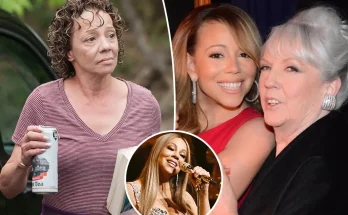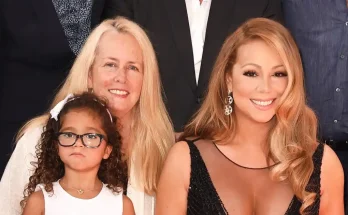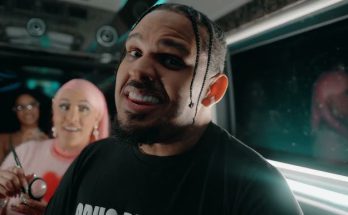Tessie Prevost Williams was a pioneer of early desegregation who was among the first to attend integrated schools in New Orleans.
Tessie Prevost Williams’ Ebroa
Tessie Prevost Williams was just six years old when she faced waves of hate and helped make history in the process. She grew up in a time when young Black children were not allowed to attend school with their white counterparts. The landmark Brown v. Board of Education ruling in 1954 ostensibly changed all that, but for years afterward, schools in the Deep South still actively resisted integration. On Nov. 14, 1960, schools in New Orleans finally began to integrate. While first-grader Ruby Bridges made headlines and became a symbol of school integration that day, facing angry mobs who did not want the child attending formerly all-white William Frantz Elementary School, Williams and two other six-year-olds, Gail Etienne and Leona Tate, were facing the same trials just miles away.
Williams attended McDonogh 19, a campus also in New Orleans’ Ninth Ward, and in doing so, helped break down racial barriers that had existed for centuries. Escorted by her father and U.S. marshals, she watched as white families pulled their children out of school, some even moving out of town to avoid having their kids educated alongside Black kids. Like Williams’ Black peers, for her safety, she had to be escorted by a marshal her entire first year at McDonogh 19.
Williams grew up to remain a part of the New Orleans community, working as a city clerk and later in life with the Louisiana State University dental school.
The school has since become the Tate Etienne and Prevost Center, aka The TEP Center, an interactive space where people can learn about the famed city’s civil rights history. Williams’ story was told in The TEP Center’s traveling exhibition, “The Trail They Blazed,” books like “A Girl Stands at the Door: The Generation of Young Women Who Desegregated America’s Schools,” and more.
On her father escorting her on the first day of school:
“The only thing he told me I remember is that ‘Once we get out this car, give me your hand, and look straight ahead. And don’t you worry about a thing. I’m here. I’m here to protect you. I’m here.’ And I remember seeing the picture of me with him, and of course I didn’t look straight ahead. I was looking around to see what was going on. And you could hear this crowd screaming and hollering, screaming and—and I was like—well, and then you saw the police on horses.” — Interview for the for the NOLA Resistance oral history project, 2017
Tributes to Tessie Prevost Williams
Full obituary: NOLA.com



